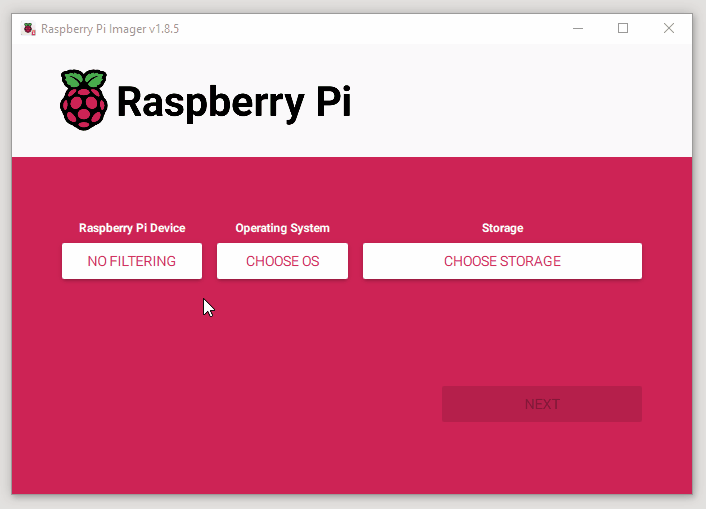TheRaspberry Pi 5is well known to be the fastestRaspberry Pi, it is the new flagship after all.Originallywe managed to overclockthe Raspberry Pi 5 to 3 GHz, a great boost over the 2.4 GHz stock speed. Many alleged that they overclocked to much higher speeds, but we confirmed with Raspberry Pi that 3 GHz was the limit.
Well it was, but a newfirmwareseems to break that speed limit. Can we push the Raspberry Pi faster? We can, but how fast is in the hands of thesilicon godsso your mileage may vary.

In our tests we managed a safe and stable overclock of 3.1 GHz. Hitting 3.2 GHz we encountered instability issues when running a Geekbench test. Going further to 3.3 GHz and the system crashed more times than it worked.
YouTuber and Raspberry Pi Expert Jeff Geerling managed 3.14 GHz, but anything over that speed was met with failure.

How fast can your Raspberry Pi 5 go? If you are willing to give it a go know this, if you break it, you bought it.
For this project you will need
Before we make any overclock attempts, we need a good cooling system. At the very least you will need the official Raspberry Pi Active Cooler, Argon’s THRML Active cooler, or a passive cooler such as those from EDATEC. Do not attempt this process without a form of cooling as it may damage your Raspberry Pi. Tom’s Hardware cannot be held responsible if you break your Raspberry Pi 5.
We’ve chosen the Argon THRML 60-RC as a cooler, simply because it is $20 and it is a beast of a cooler. You could purchase the 52Pi water cooling kit, but at $120 it only provides a few degrees extra cooler for the $100 difference.

Get Tom’s Hardware’s best news and in-depth reviews, straight to your inbox.
- On your Windows / Apple / Linux PC,download this experimental firmware.Note, as per Raspberry Pi’s Alasdair Allanmessage on Mastodonthis is not recommended firmware and you do so at your own risk.
2.Download, install and open Raspberry Pi Imager.
3.For Raspberry Pi Device select “No Filtering”,and thenfor Operating System select “Use Custom”.Then for Storageselect your micro SD card and click Nextto start the write process.
4.Eject the card when prompted, and insert it into a Raspberry Pi 5.Make sure that your Raspberry Pi 5 is powered off, and that it has a keyboard, mouse and screen attached.
5.Power up the Raspberry Pi 5, wait for the screen to go green, then power offandremove the micro SD card.
6.Insert your Raspberry Pi OS micro SD cardandpower on the Pi to the desktop.You’ll need thebest Raspberry Pi microSD cardto give your Pi an added speed boost.
7.Update the available repositoriesand thenupgrade your Raspberry Pi 5. This will ensure we have the latest software available. It isn’t essential, but it is always prudent to keep your Raspberry Pi up to date.
8.Open config.txt for editing. It’s found in the /boot directory.
9.At the bottom of the file make a new line and add these linesto overclock the CPU to 3.1 GHz.
10.An optional step. Use force turbo to run the CPU and GPU to run at maximum speed.This overrides any scaling governors and makes the CPU and GPU run at 100%. Active cooling is essential for this to work correctly.
11.Add another line to add a little more voltage to the CPU.This replaces over_voltage=X for providing extra voltage to the Pi. The delta method adds voltage on top of the current level, here we use 50000 to add 0.05V. The older over_voltage method has been deprecated for the Raspberry Pi 5.
12.Save the file by pressing CTRL + X, Y then ENTER.
13.Reboot the Raspberry Pi 5.If the Raspberry Pi fails to boot, power off the Raspberry Pi. Press and hold the Spacebar. This will bypass the overclocking config and boot the Pi with a default configuration.
14.Open a new terminal and use this commandto see the current CPU speed of the Pi.Press CTRL + C to stop reading the CPU speed.
Your Raspberry Pi has now been turbo-charged to 3.1 GHz! If you are brave enough to push it further, we salute you and don’t forget to post aGeekbenchscore! Give ourstress test benchmark toola try, it logs your CPU temperature to a CSV which can be used to graph your Pi 5.
Les Pounder is an associate editor at Tom’s Hardware. He is a creative technologist and for seven years has created projects to educate and inspire minds both young and old. He has worked with the Raspberry Pi Foundation to write and deliver their teacher training program “Picademy”.